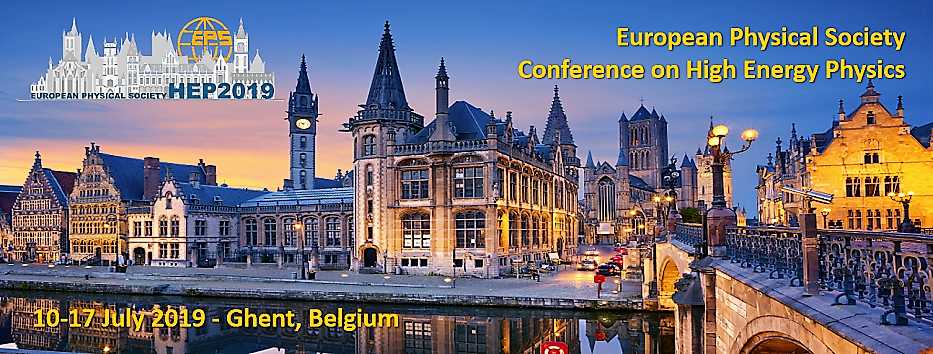Speaker
Description
In the context of the Standard Model effective field theory (SMEFT), we study the LHC sensitivity to four fermion operators involving heavy quarks by employing cross section measurements in the $\text{t}\overline{\text{t}}\text{b}\overline{\text{b}}$ final state. Starting from the measurement of total rates, we progressively exploit kinematical information and machine learning techniques to optimize the projected sensitivity at the end of Run III. Indeed, in final states with high multiplicity containing inter-correlated kinematical information, multi-variate methods provide a robust way of isolating the regions of phase space where the SMEFT contribution is enhanced. We also show that training for multiple output classes allows for the discrimination between operators mediating the production of tops in different helicity states. Our projected sensitivities not only constrain a host of new directions in the SMEFT parameter space but also improve on existing limits demonstrating that, on one hand, $\text{t}\overline{\text{t}}\text{b}\overline{\text{b}}$ production is an indispensable component in a future global fit for top quark interactions in the SMEFT, and on the other, multi-class machine learning algorithms can be a valuable tool for interpreting LHC data in this framework.
https://doi.org/10.1007/JHEP11(2018)131
